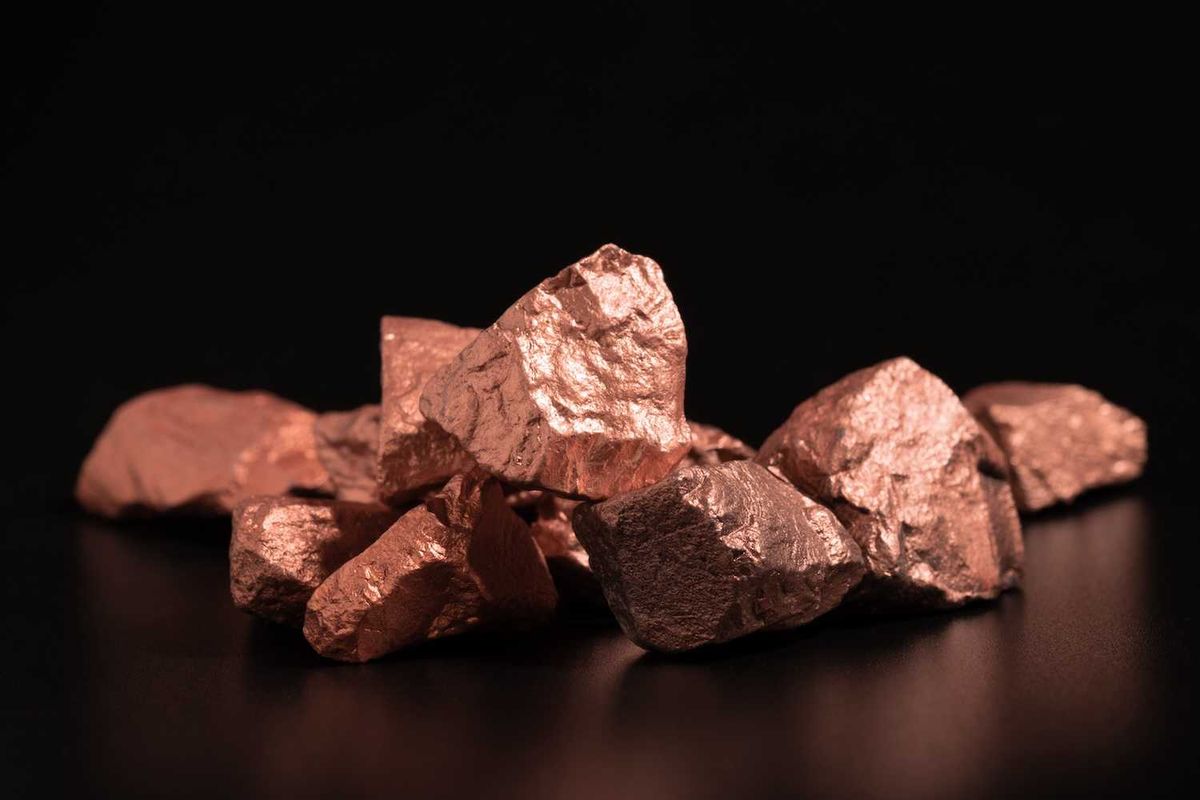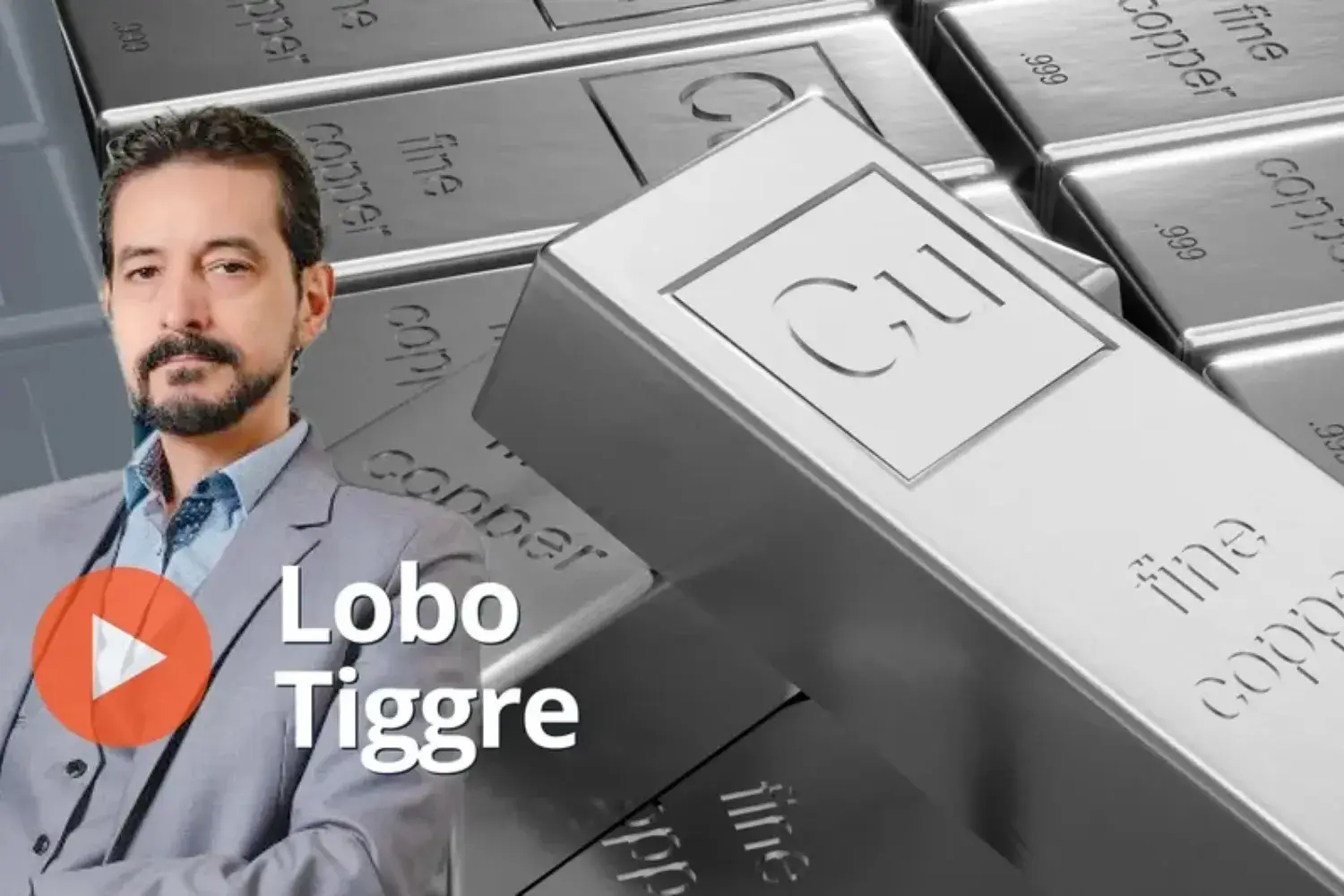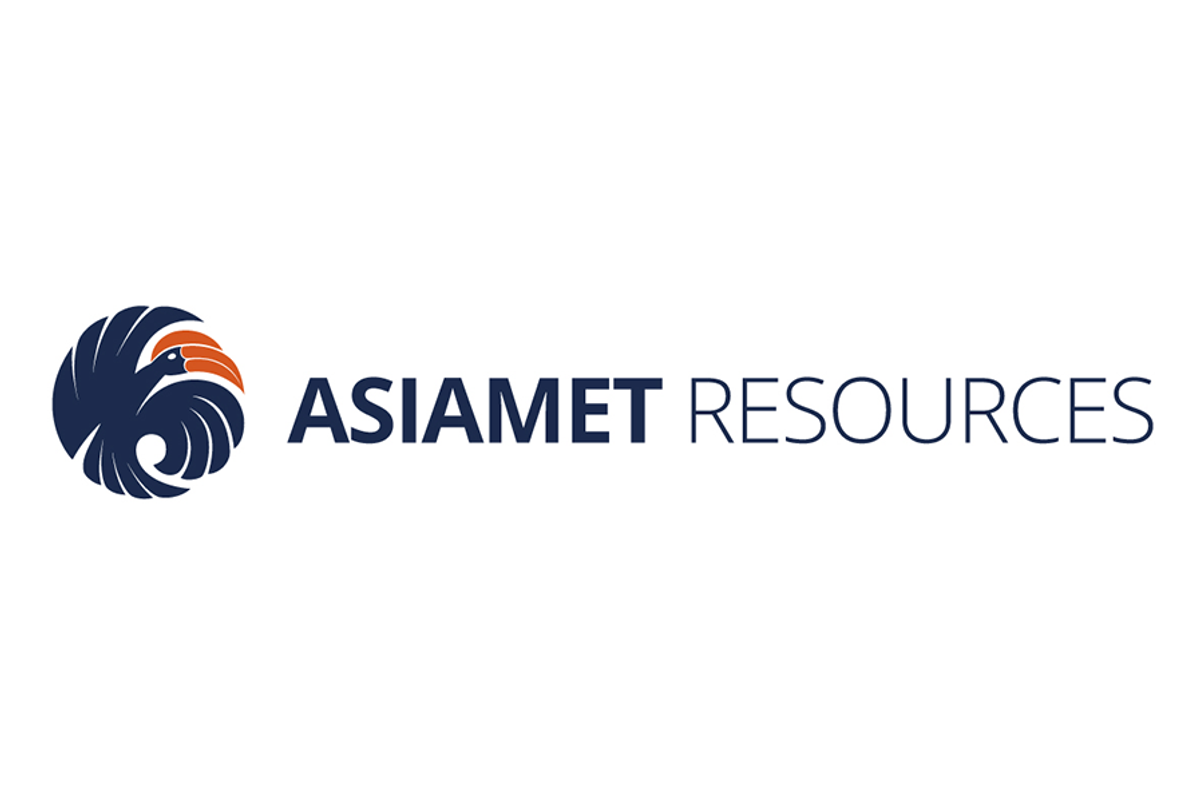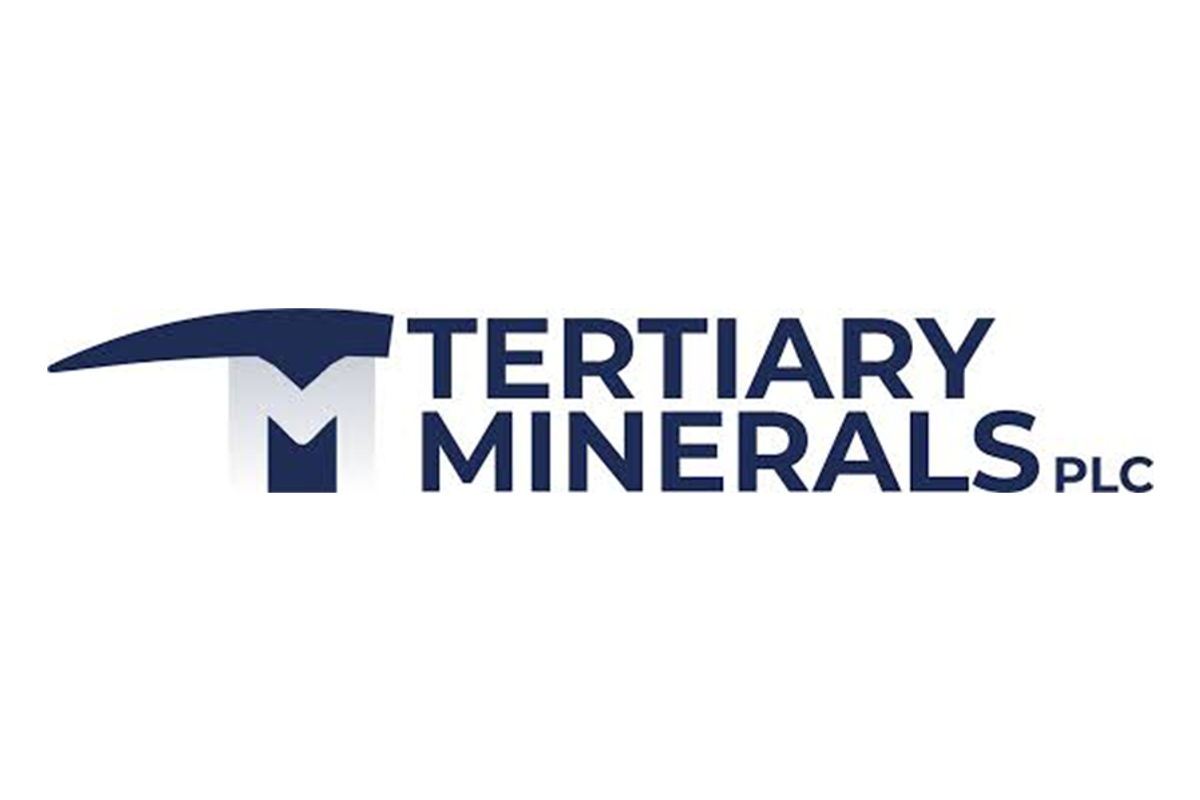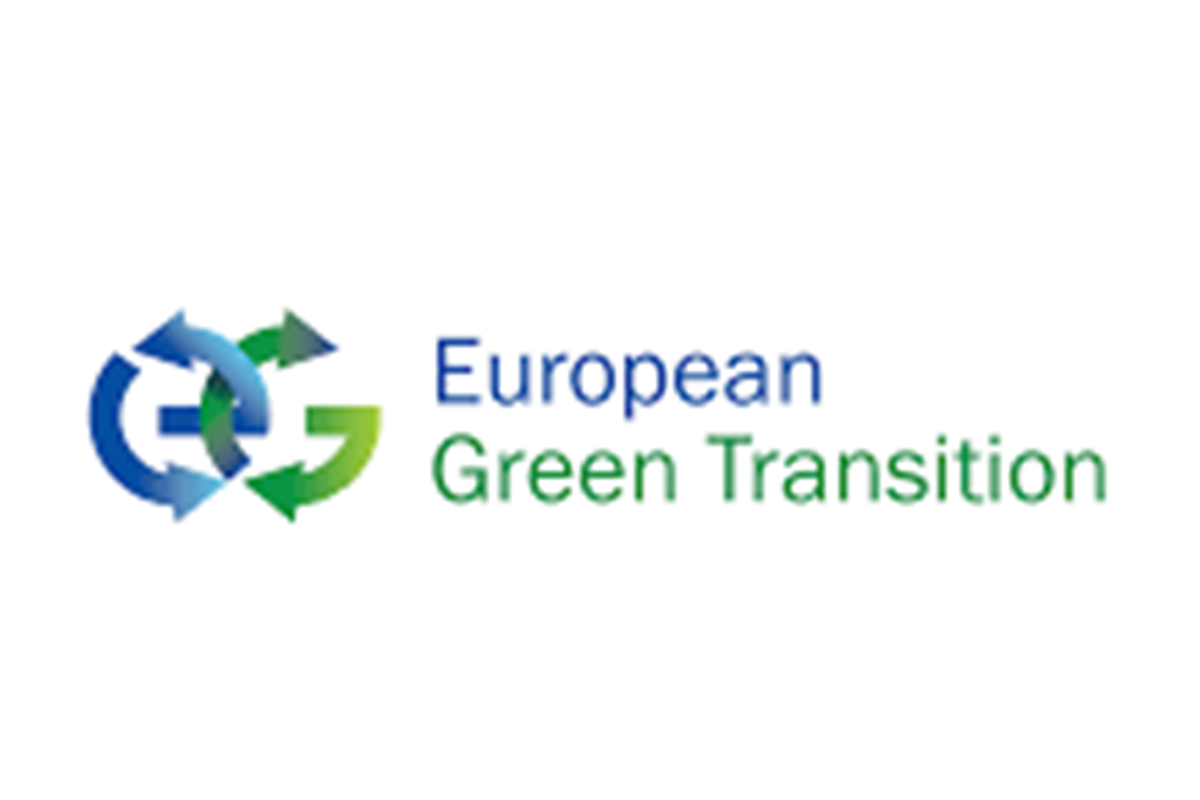
July 01, 2025
Loyal Metals Limited (ASX:LLM) (Loyal, LLM, or the Company) is pleased to announce that it has acquired a binding option to purchase the Highway Reward Copper Gold Mine in Queensland, Australia, one of the highest-grade copper mines worldwide, with past production totalling 3.65 million tonnes at 5.7% Cu and 260,000 tonnes at 4.5 g/t Au 1-9. This acquisition is the first step in Loyal’s 2025 Strategic Plan to broaden its critical minerals portfolio into copper. No exploration has been conducted on the mining leases since mining ceased in July 2005, despite a ~680% increase in copper prices and a ~1,256% increase in gold prices since the 1997 feasibility study 3,4. With over $4.4 million in funding, Loyal is well-positioned to revisit the high-grade Highway Reward Copper Gold Mine by deploying modern exploration techniques11.
Key Highlights
- Loyal secures binding option to acquire the Highway Reward Copper Gold Mine in Queensland, Australia - one of the world’s highest-grade copper mines, with past production totalling 3.65Mt at 5.7% Cu and 260kt at 4.5 g/t Au.
- The acquisition is the first step in Loyal’s 2025 Strategic Plan to broaden its critical minerals portfolio into copper.
- No exploration has been conducted on the granted mining leases since operations ceased in July 2005 despite a ~680% increase in copper prices and a ~1,256% increase in gold prices since the 1997 feasibility study.
- Significant increase in copper and gold prices, combined with the previous exclusion of gold in sulphides from the mine plan, highlights the enhanced remnant copper-gold potential.
- Exploration potential for new discoveries both along strike and at depth, as previous mining only reached depths of 220 metres for open pit and 390 metres for underground operations, with limited exploration beyond mined zones.
- With $4.4 million in funding, Loyal is well-positioned to revisit the high-grade Highway Reward Copper Gold Mine by deploying modern exploration techniques. With global initiatives to enhance energy grids and no USA tariffs on Australian copper, the outlook for copper is strong and unencumbered.
Loyal‘s Managing Director, Mr. Adam Ritchie, commented:
"We are thrilled to secure this incredibly rare opportunity for our current and future Loyal investors. The Highway Reward Copper Gold Mine, considered one of the highest-grade copper mines in the world, is now primed for a revisit after 20 years of dormancy.
The granted mining leases of the Highway Reward mine provide an amazing speed to market opportunity - especially when both copper and gold are near all-time highs. The short-term and long-term opportunities at Highway Reward are exciting, considering the significant growth in commodity prices since the 1997 feasibility study. Copper is driving our electric future and gold continues to play an important role in our global economy.
Whilst a lot has changed in the past 28 years, the unwavering demand for copper and gold has only intensified. This is truly an amazing opportunity to unlock and showcase the immense potential of this forgotten mine. With modern technology and innovative mining techniques, we believe the Highway Reward Copper Gold Mine will provide exceptional value and returns to our Loyal shareholders."
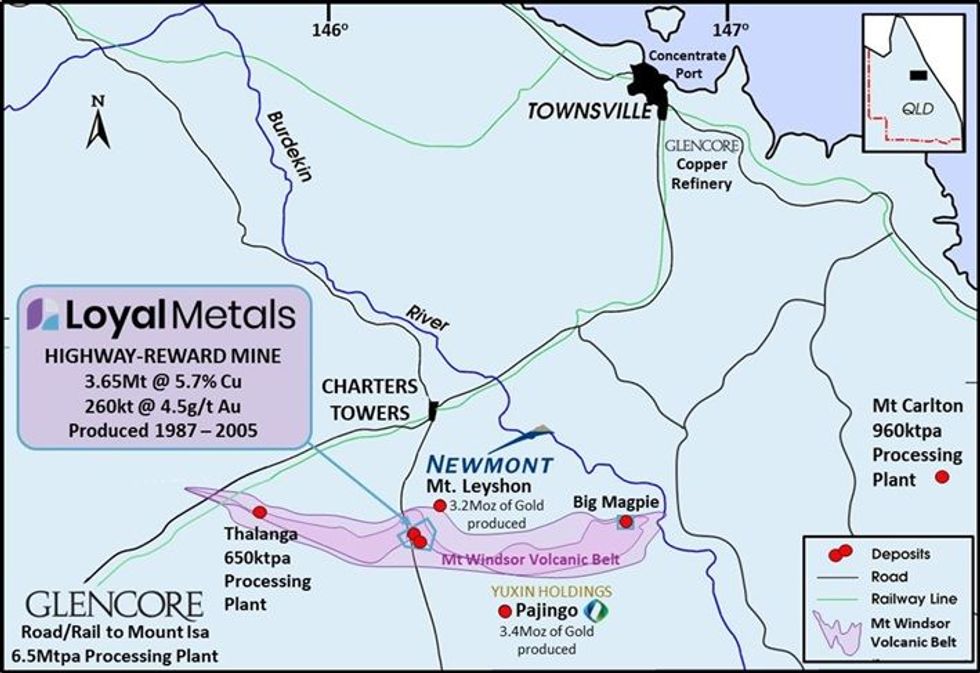
The Highway Reward Copper Gold Mine is located only 37 km from the active mining town of Charters Towers in Queensland, Australia, within the Mount Windsor Volcanic Belt. This area is renowned for its rich history in copper and gold mining, with strong social license support for mining activities. It features large-scale mining operations such as, Newmont’s 3.2 Moz Mt Leyshon gold mine and Yuxin Holding’s 3.4 Moz Pajingo gold mine. The region is close to the polymetallic, Thalanga Processing Plant and the Mount Carlton Processing Plant, with road and rail to Glencore’s Mount Isa copper hub, Townsville copper refinery and the Port of Townsville.
With the growth in commodity prices and advancements in exploration and mining technologies, the potential for remnant copper-gold mining has significantly improved. Previous mining operations targeted copper within chalcopyrite, while gold associated with both chalcopyrite and pyrite was excluded from the mine plan. With lower copper equivalent cut-off grades (copper & gold), higher continuity of copper-gold can be drill tested to demonstrate the reasonable prospects for eventual economic extraction and mineral resource potential.

Significant potential will be assessed and areas tested for copper-gold extensions to subvertical trends, that may exist below current mining levels at the Highway Reward Copper-Gold Mine. The previously mined, copper-gold rich pipes will also be assessed for drill testing along strike (Figure 2). Previous mining and surface mapping geological observations illustrate that high- grade copper-gold pipes have been identified in dacite, rhyolite, and volcaniclastic host rocks, therefore strong prospectivity exists for discovering additional pipes beyond the historically mined zones in all rock types on the property, except recent overlying sediments that conceal the basement host rocks (Figure 2). No modern advanced geophysical techniques or data processing methods have yet been applied to assess this potential.
Click here for the full ASX Release
This article includes content from Loyal Metals Limited, licensed for the purpose of publishing on Investing News Australia. This article does not constitute financial product advice. It is your responsibility to perform proper due diligence before acting upon any information provided here. Please refer to our full disclaimer here.
The Conversation (0)
12h
Caravel Minerals and Kutch Copper to Fast-Track Caravel Copper Project
Caravel Minerals (ASX:CVV) has signed a non-binding memorandum of understanding (MoU) with Indian company Kutch Copper, a subsidiary of Indian company Adani Enterprises (NSE:ADANIENT).The deal marks an important step in a potential investment collaboration and a life-of-mine offtake up to 100... Keep Reading...
07 November
Lobo Tiggre: Copper is My Highest-Confidence 2026 Trade, Uranium is Runner-Up
Lobo Tiggre, CEO of IndependentSpeculator.com, shares why copper is his highest-confidence trade for 2026, as well as when he will consider buying. "I now have probably more cash to put into play than I've ever had sitting on the sidelines waiting for this copper buying opportunity," he... Keep Reading...
06 November
Proposed Sale of Asiamet's Interest in the KSK Project and Notice of General Meeting
Asiamet Resources Limited (AIM: ARS) is pleased to announce that it has reached an agreement to sell its interest in the KSK Project to Norin Mining (Hong Kong) Limited for gross cash consideration of US$105 million (approximately £81 million).Transaction HighlightsAsiamet has entered into a... Keep Reading...
05 November
Breakthrough Minerals Acquires Dingo for AU$15 Million
Breakthrough Minerals (ASX:BTM) has entered a conditional binding agreement with Dingo Minerals to acquire Dingo for a total cash and share consideration of AU$15 million.The target of the acquisition is the North Queensland copper project in the Mt Isa region, which Dingo Minerals will acquire... Keep Reading...
30 October
Kobold to advance Konkola West Project Agreement to Stage 2
Tertiary Minerals plc (AIM: TYM) is pleased to announce that KoBold Metals Company ("KoBold") has successfully completed its Stage 1 Earn-In requirements on the Konkola West Copper Project ("Project") and has confirmed it will proceed to Stage 2 under the Earn-In Agreement ("Agreement") with... Keep Reading...
30 October
Option Agreement to Sell Pajala Copper Project
European Green Transition (AIM: EGT), a company seeking to acquire and transform revenue stage businesses supporting the green energy transition in Europe, announces that it has entered into an exclusive option agreement (the "Option") with Recovery Metals Cyprus Limited ("RMC") to sell its... Keep Reading...
Latest News
Latest Press Releases
Related News
TOP STOCKS
American Battery4.030.24
Aion Therapeutic0.10-0.01
Cybin Corp2.140.00
